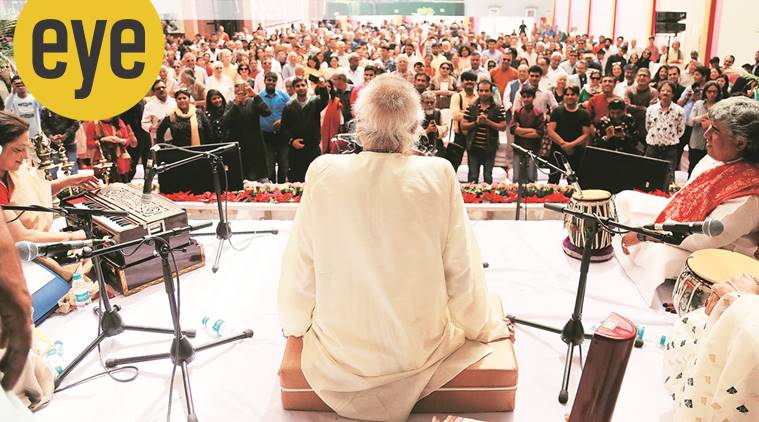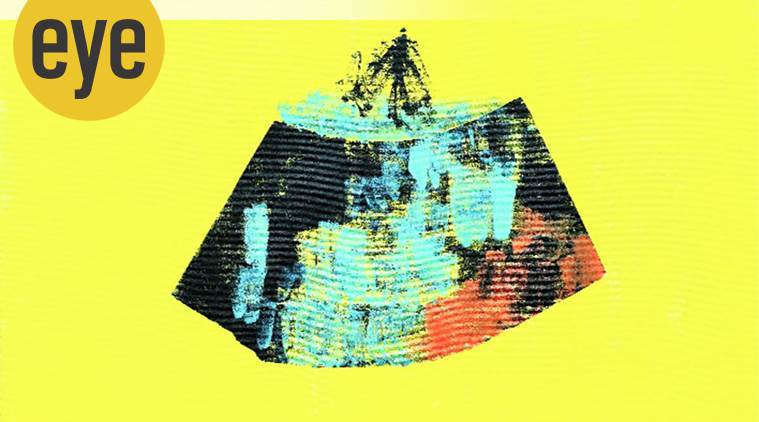From analysing a year that went by, to understanding how empathetic we are as a society, here's a Sunday reading list you surely can't miss!
What an epidemiologist has gathered as we complete a year of the pandemic
Experience can give a false sense of confidence. The world had faced the last pandemic — caused by the swine flu (H1N1) virus in 2009-10. Yet, most people — including those working in the health sector — do not have much of a recollection of the events of that period. In India, at that time, the core of the health sector response to the H1N1 pandemic was centred around converting one or two in-patient wards in key government hospitals into isolation wards. The cases occurred over a period of months and had remained in a manageable range. India had prepared a H1N1 pandemic vaccine deployment plan, in which this author was closely involved; however, by the time vaccines became available, the swine-flu cases had petered out. Soon, the pandemic faded from our collective memory as well.
READ MORE
As the lockdown took over our lives, what do children have to say
‘We had to stay indoors because it was very dangerous’
Radhika Tanwar, 5, Bengaluru
“I missed going to school the most last year. I missed my teacher because I love her and she loves me but I wasn’t able to meet her. I didn’t like staying at home as I could not meet her or my friends even if I wanted to, because of the corona (virus). I didn’t like anything about staying at home. I just liked to play, I liked staying with Mamma and Papa, but I don’t like doing anything inside the house when I am not going to school.”
READ MORE
How our future homes and work spaces can include ideas of impermanence
Sometime back, in a film, I saw a gigantic mobile home travelling at high speed on the highway in California. It was hurtling along the coastal road when suddenly a car veered into its path from the opposite direction. To avoid a collision, the mobile home swerved sideways, hit the railing and flew down a deep ravine; it smashed into the rocks far below, and lay upturned and mangled. This was the first time I had seen architecture wrecked so quickly and cleanly. And it reminded me of the fragility of construction, the tentative nature of something considered eternal.
READ MORE
What happened when virtual meetings took over our lives and we became the WFH generation
It’s been a year since Trisha Pandey (name changed) last went to her workplace and she misses the banter with colleagues, the coffee breaks and working in a team. What was once a monthly allowance that she availed to “work from home” for a day or two has now become her normal life. “And I am hating it,” says the 27-year-old. In early March last year, the Delhi-based production company she works with moved their operations online, with the declaration of COVID-19 as a global pandemic. Since then Pandey has been cooped up at home, trying to make peace with the changed circumstances.
READ MORE
Why the queen of ghazals Begum Akhtar ordered, ‘Parda Uthao’
On a cold winter evening in December 1964, the 400-seater Sapru House in the Capital was packed to the brim, every member of the audience waiting to catch a glimpse of mallika-e-ghazal Begum Akhtar. She walked on to the stage at about 9 pm, treating her audience to a bouquet of ghazals, thumris and dadras. Every couplet and taan was met with a “wah” or a “kya baat hai” from the audience. Akhtar would lift her hand to her forehead and acknowledge the appreciation.
READ MORE
What does it mean to be an inclusive, empathetic society
Prime Minister Narendra Modi uses the programme “Mann Ki Baat” with great success. One cannot deny the superb skills he has as a communicator. His words, his delivery, and his ability to touch the heartstrings are nothing short of fantastic.
READ MORE
Are wildcats more ferocious than tigers
Most visitors to national parks and sanctuaries only have eyes for the tiger, lion, and maybe, the leopard and are blind to virtually everything else, especially to the host of smaller wildcats that can be found all over the country and whose presence or absence from an ecosystem indicates its health and well-being. There are over half a dozen of these fierce little spitfires stalking about in forests and grasslands or prowling in trees, each one as ferocious in its own way as any tiger. They may vary in size between that of a domestic cat to, say, a golden retriever.
READ MORE
Source: Read Full Article








